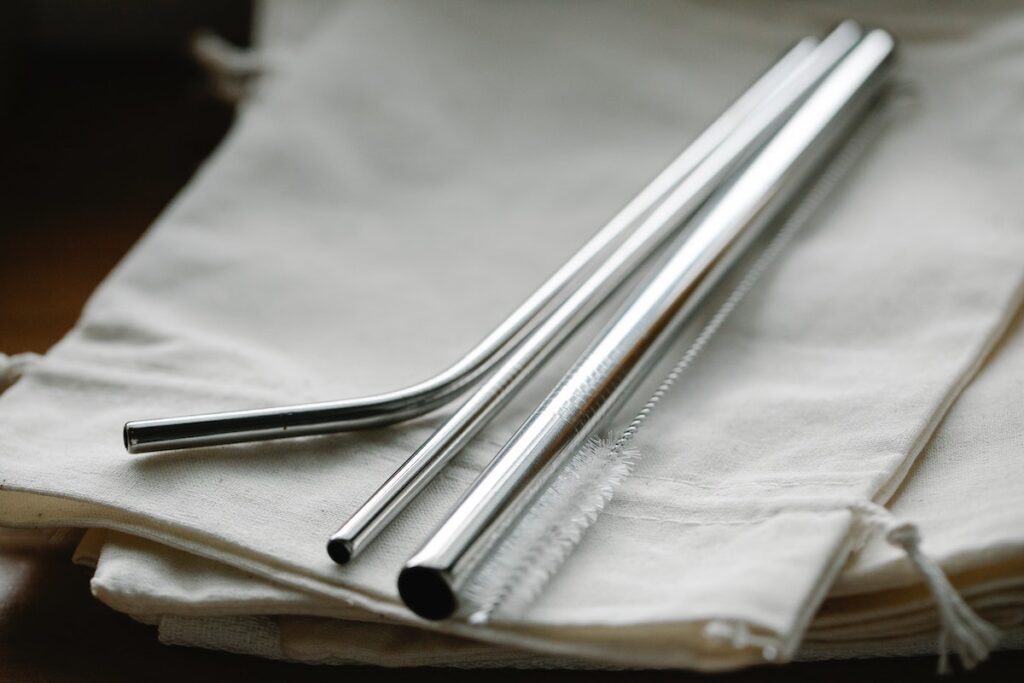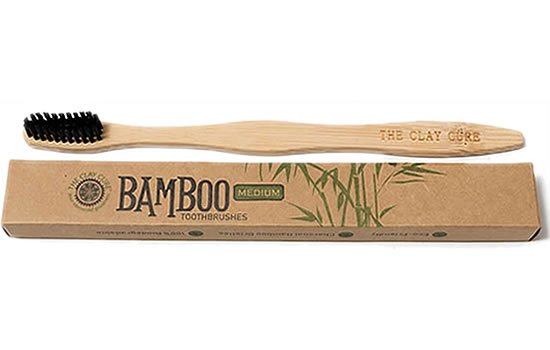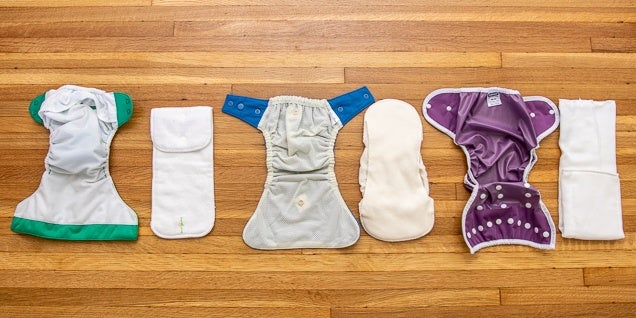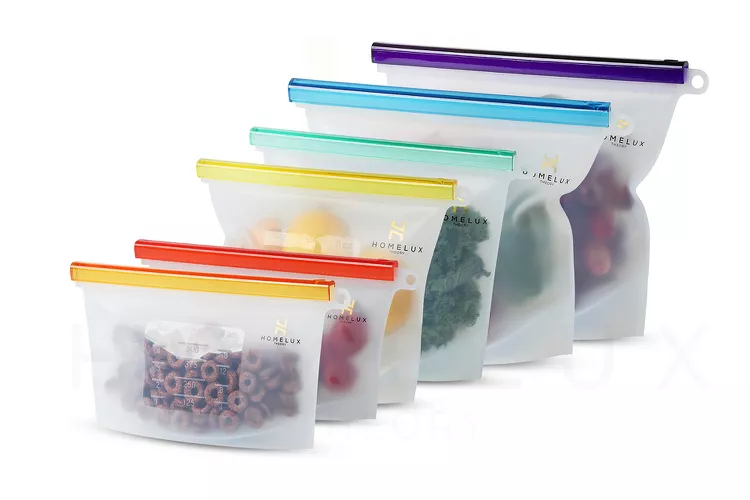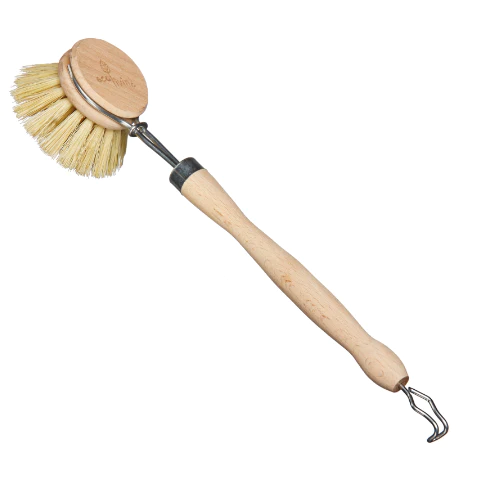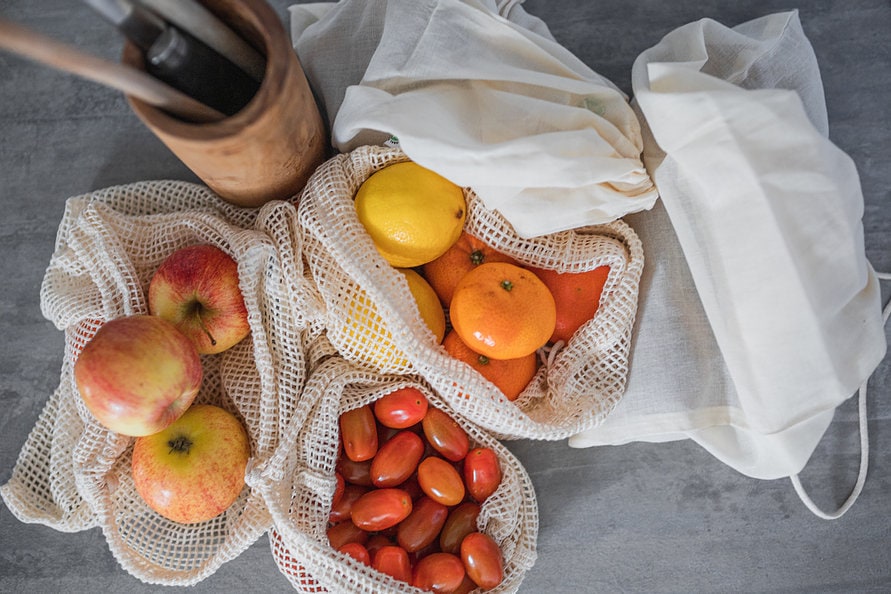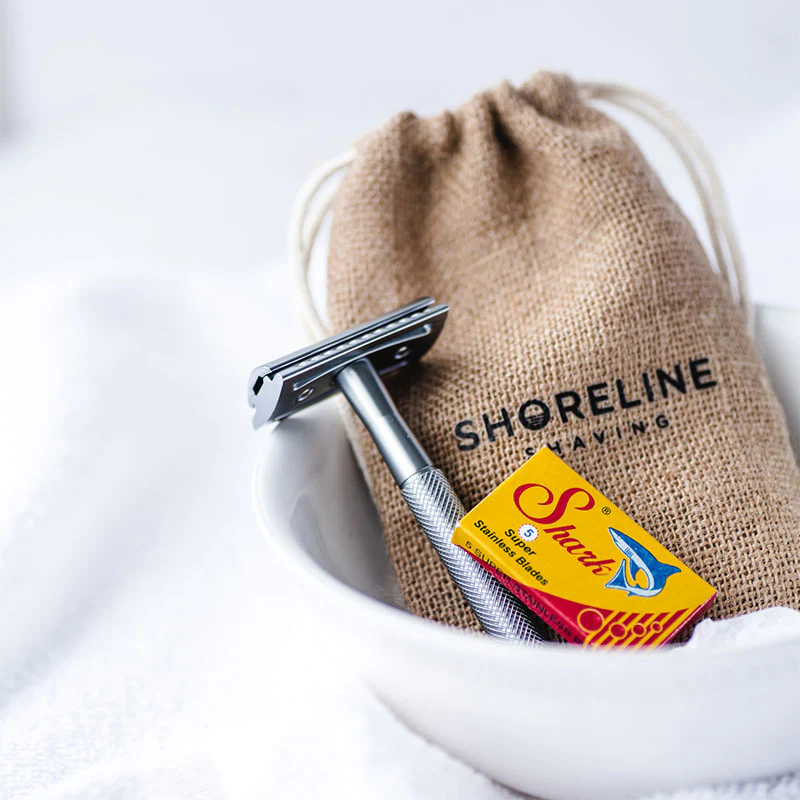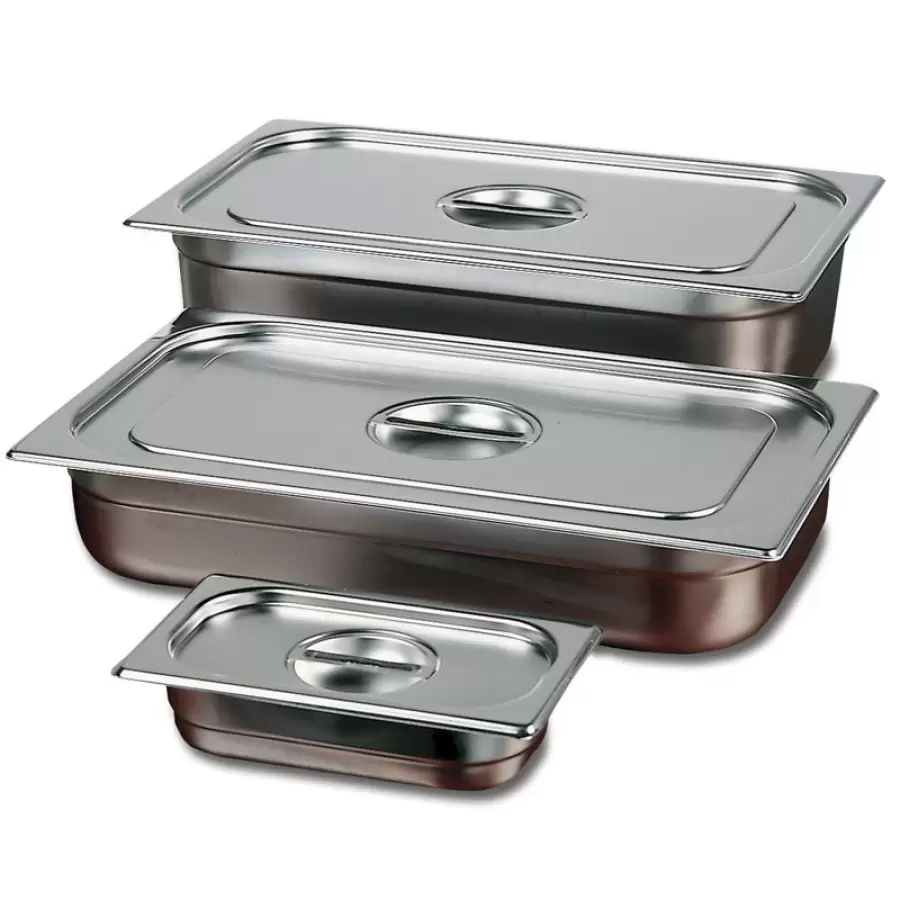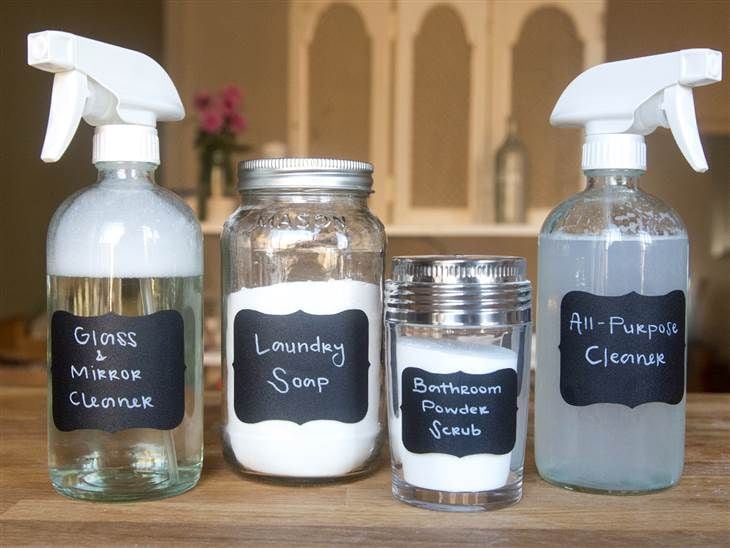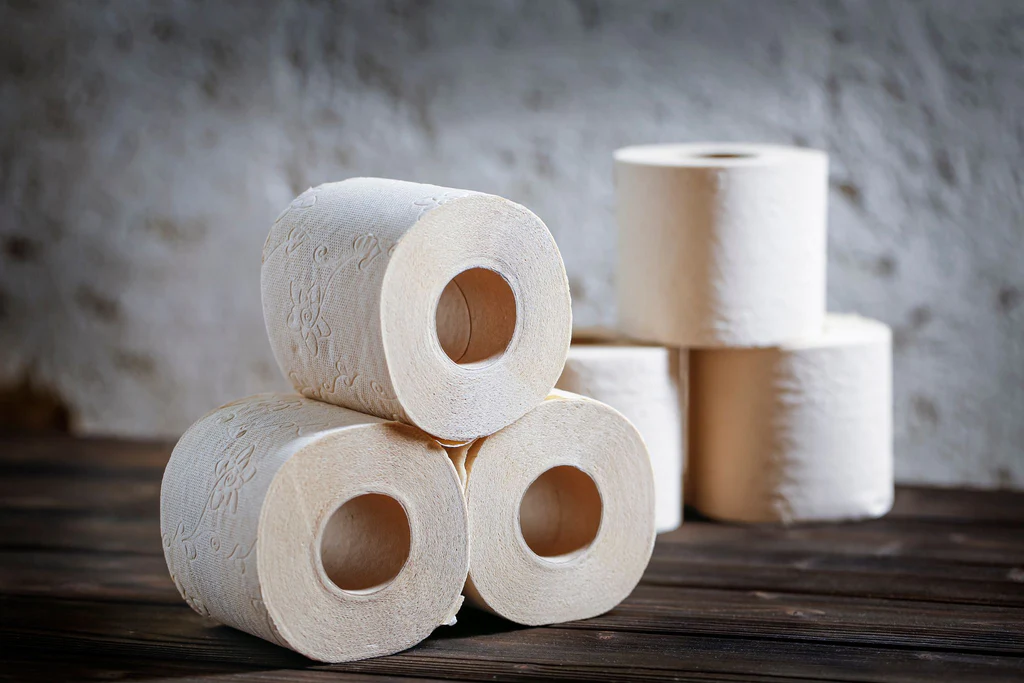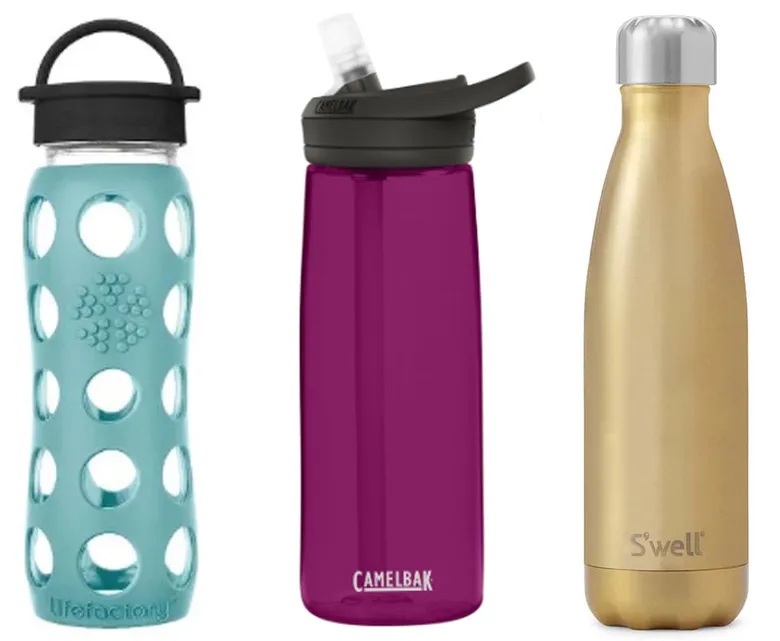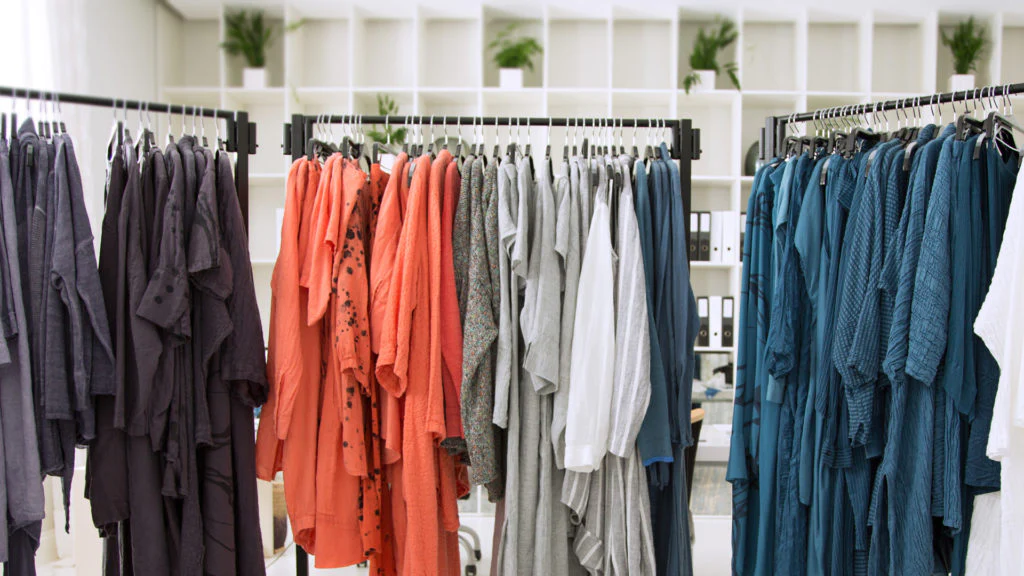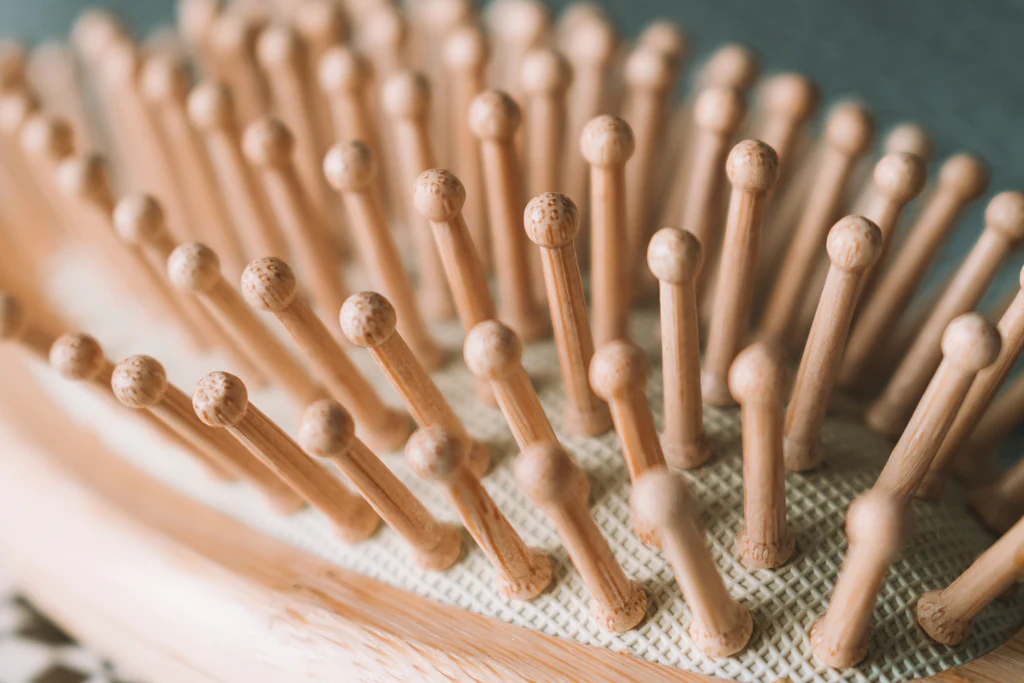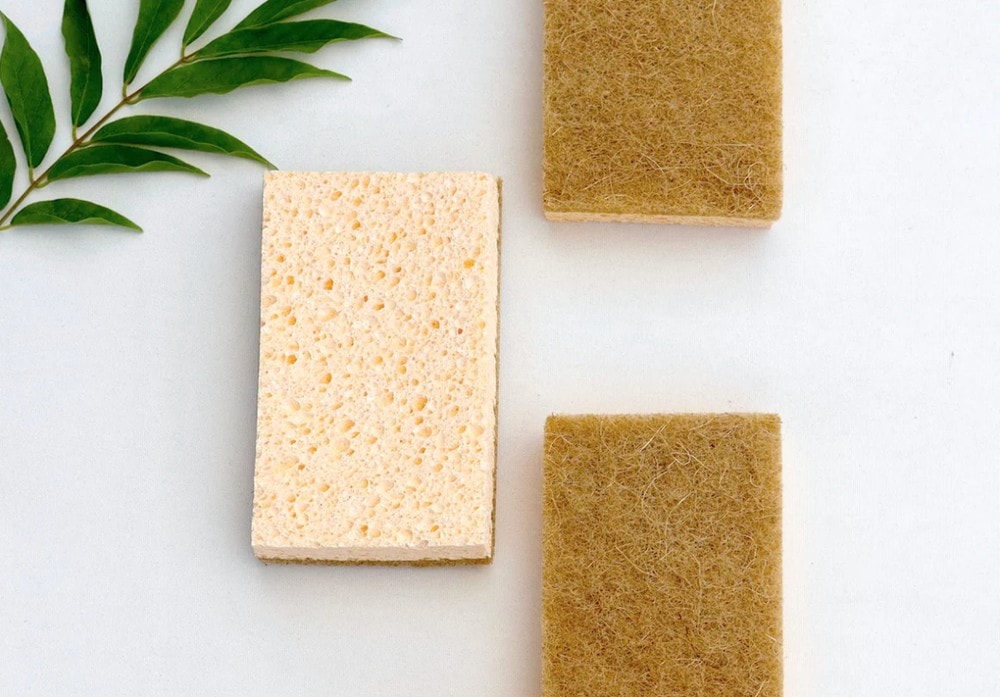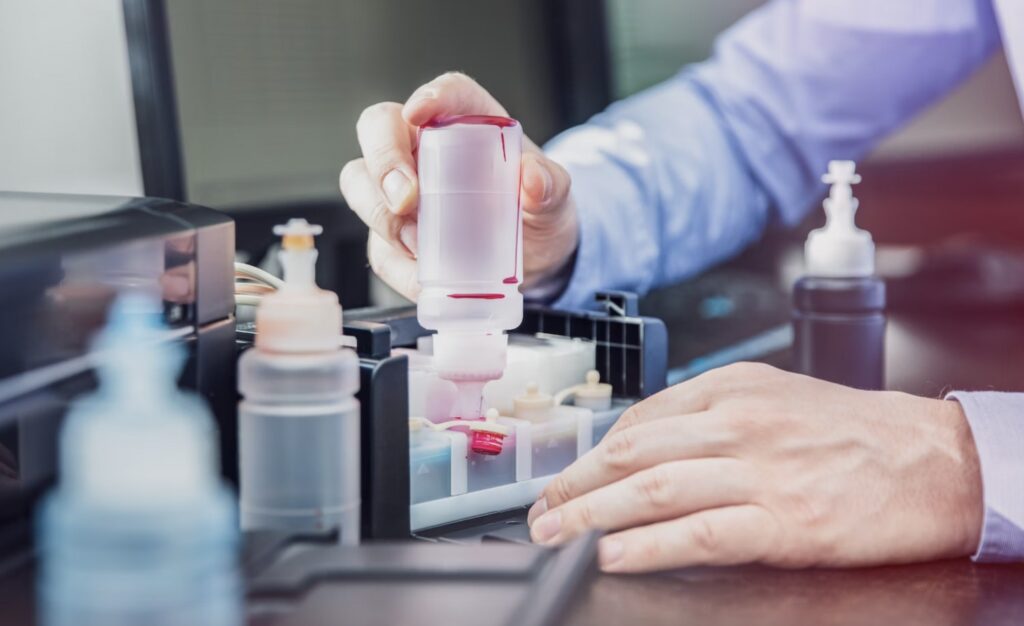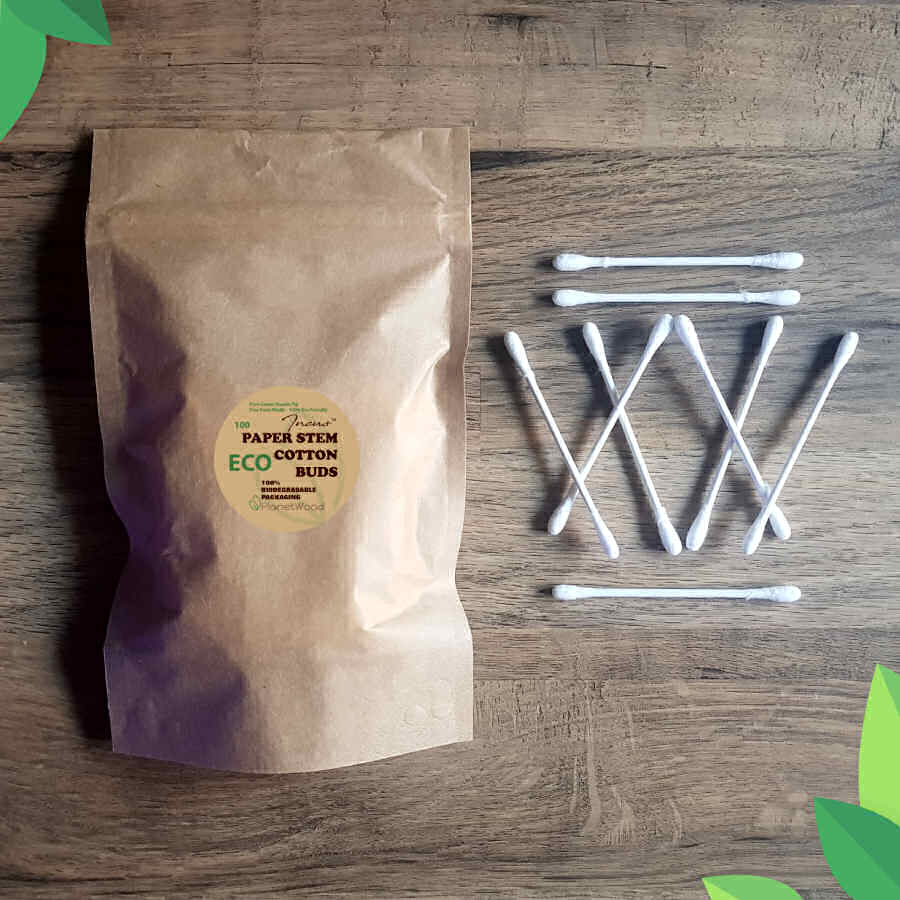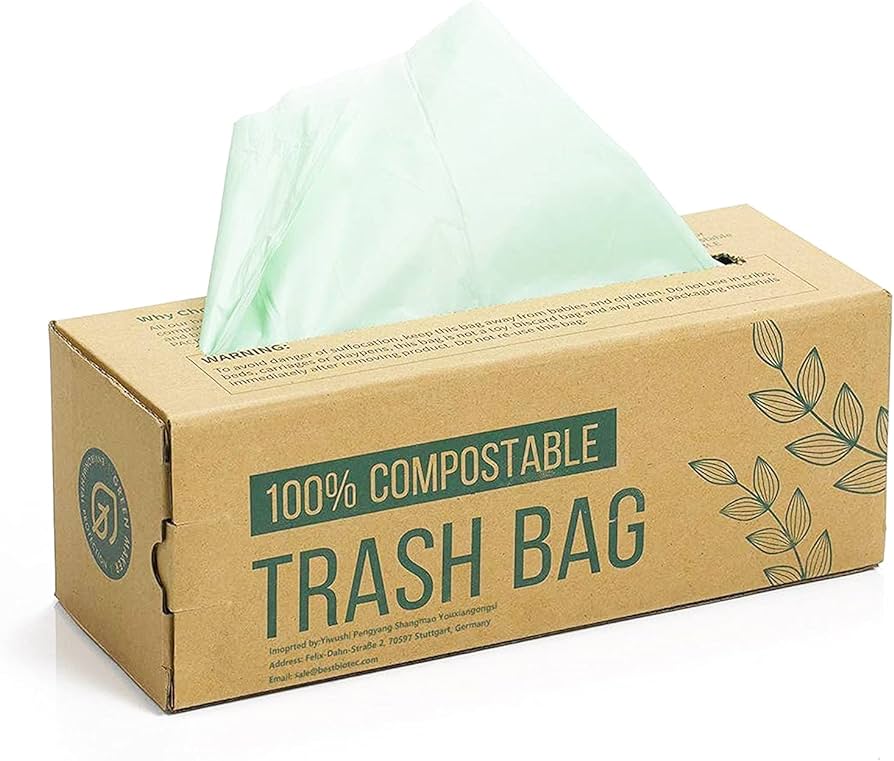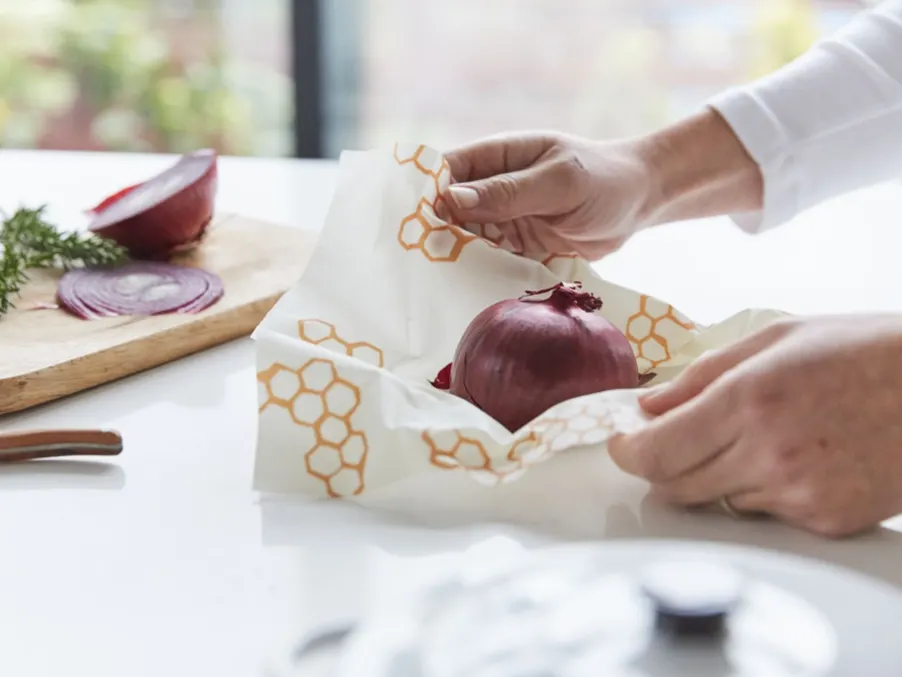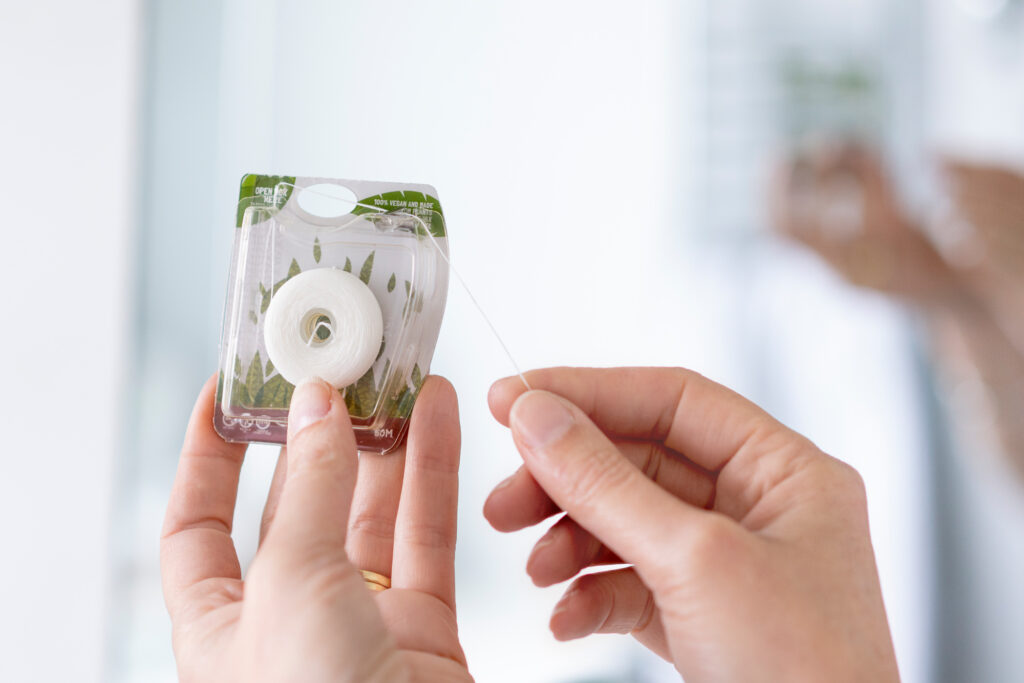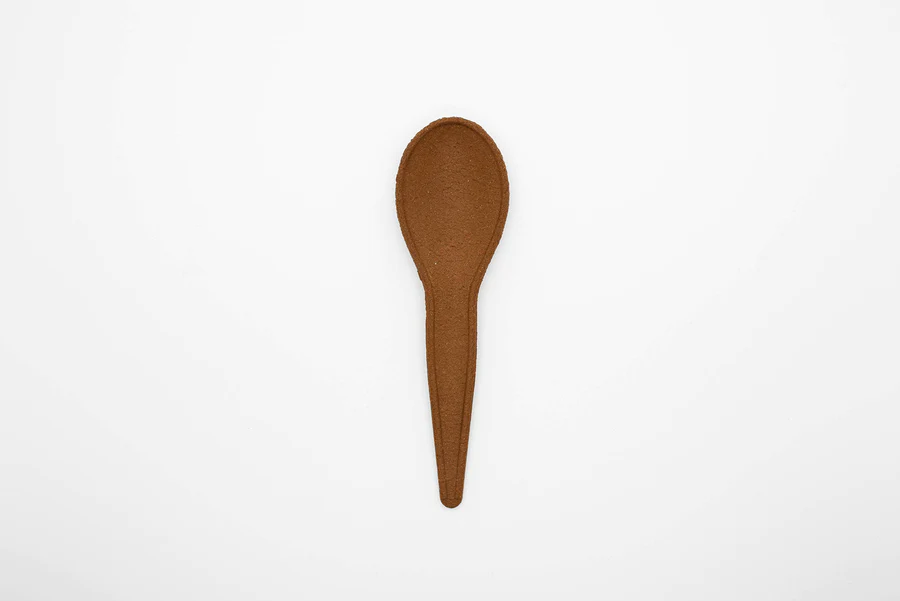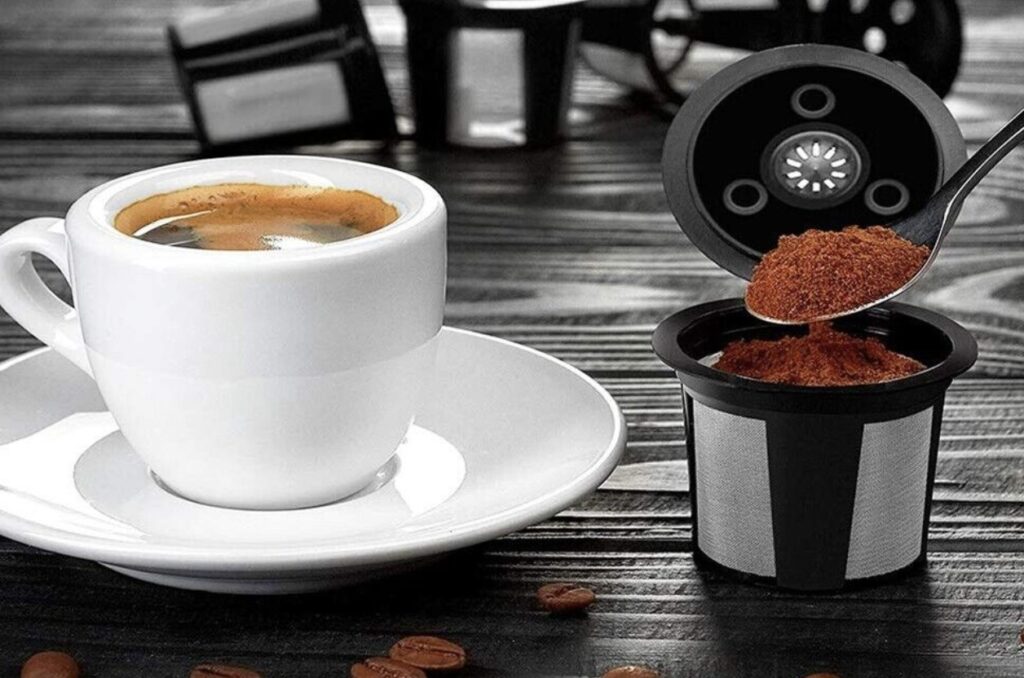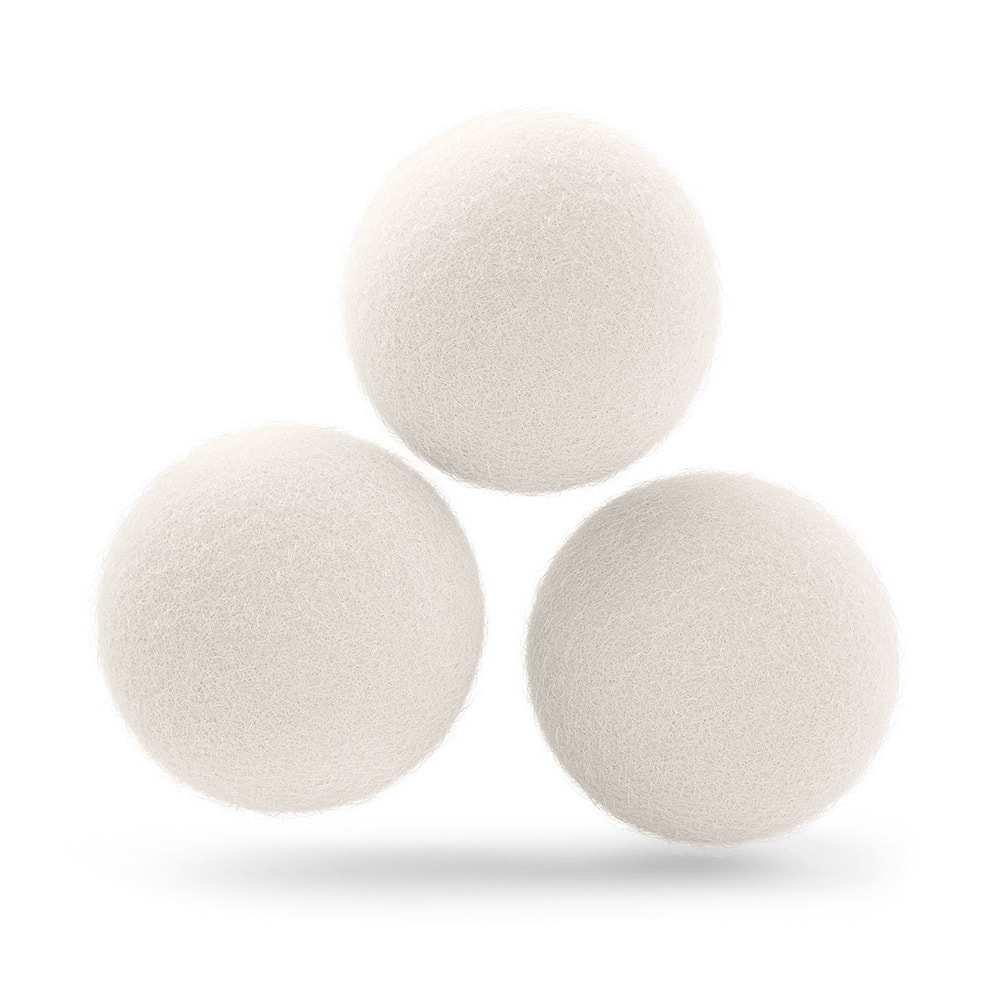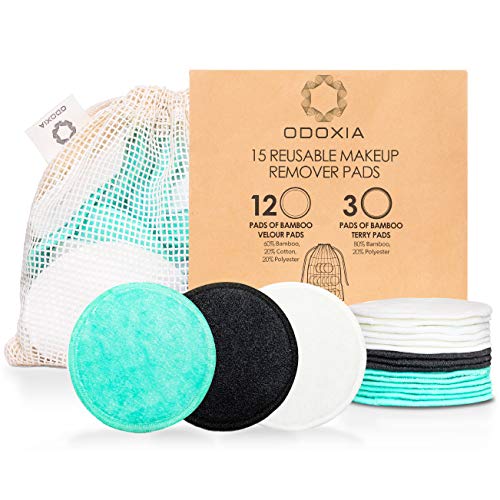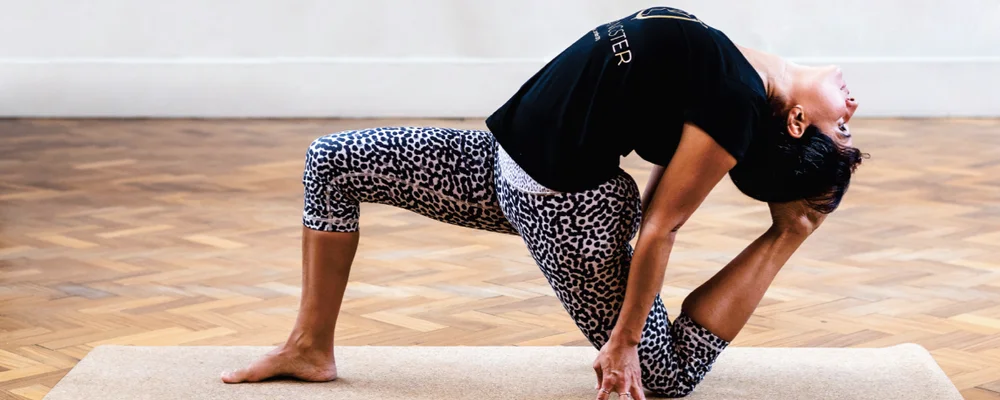Plastic is everywhere: it’s in our wrapping, our water, our food, our toothpaste, our shampoo, our clothes… the list goes on. But with all the new inventions, there’s no need to keep using plastic. In fact, eliminating it from your life and home has never been easier. Rebecca Mapes, CEO of Winden, says, “The worldwide plastic waste issue is obvious. What’s alarming to me is the cosmetics industry contributes so heavily to that waste and only 9% of all plastic is recycled.” That’s alarming, considering how many companies claim to recycle their plastic. You can be a part of the change by doing things like switching to bamboo products, using reusable beeswax wraps, and using bars of shampoo. One small step starts a longer chain reaction of good habits!
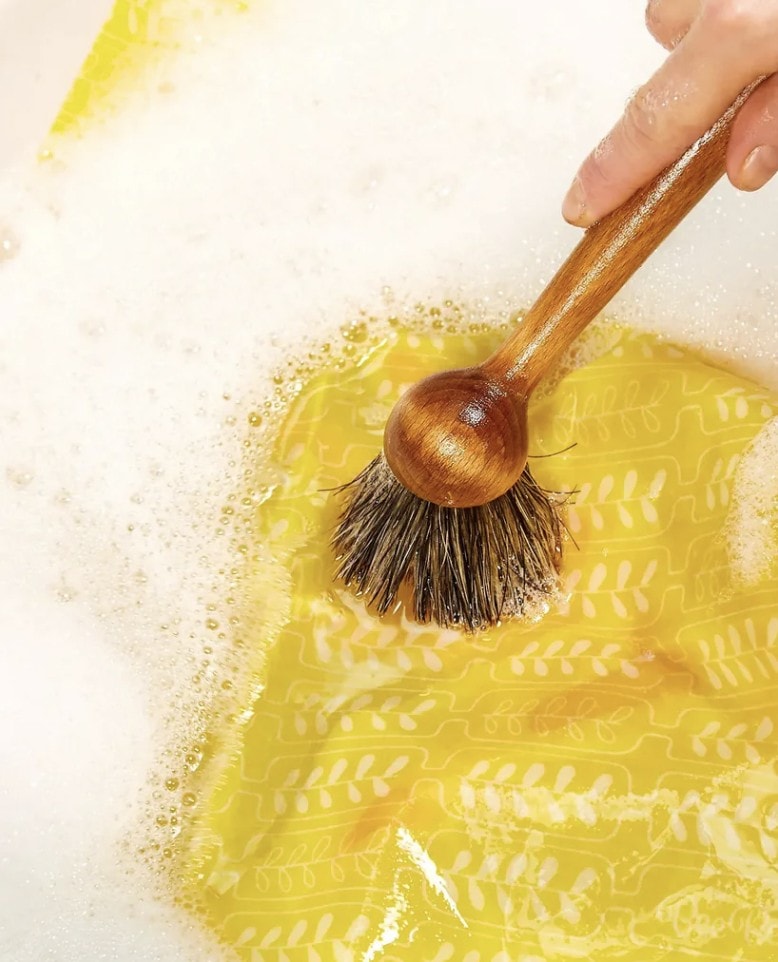
Reusable Beeswax Wraps
As a reusable and sustainable alternative to plastic, beeswax are making their way to shelves around the world. You can swap plastic wrap with beeswax wrap for food storage and leftovers. Or, send your kid to school with lunch wrapped in beeswax. The best part of beeswax wraps is that they’re better for your health, too, since you don’t have to worry about harmful plastic leaching into your or your children’s food.
They come in all sorts of fun colors and patterns. Food stays fresher in beeswax wraps. When food ages, it emits moisture which causes bacteria to grow faster in plastic. Beeswax allows the moisture to escape. It’s washable and reusable for about a year, and you can use organic soap to wash it and clean it (BeeBee Wraps).


